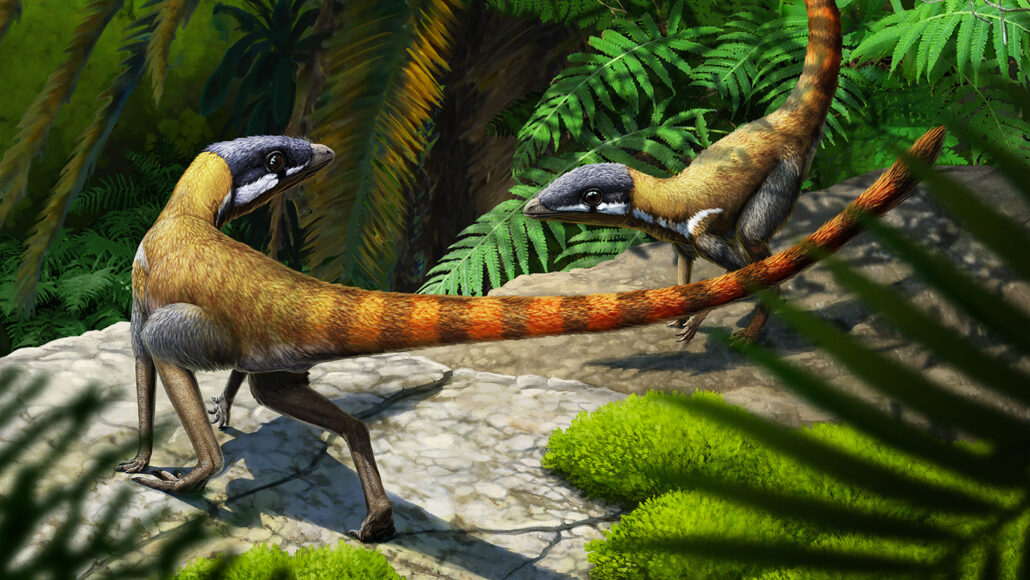Questions for ‘Sprinting reptiles may have been forerunners of soaring pterosaurs’

Tiny Scleromochlus taylori, shown here in an artist’s rendition, was a two-legged, ground-dwelling reptile. It was a close relative of pterosaurs, the iconic winged vertebrates of the Age of Dinosaurs.
Gabriel Ugueto